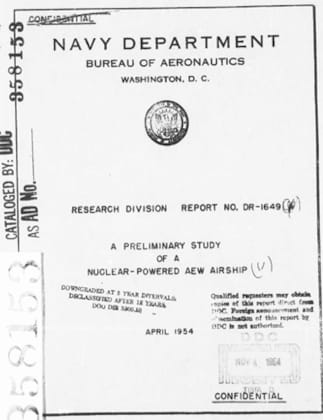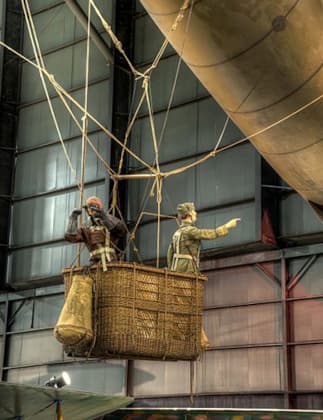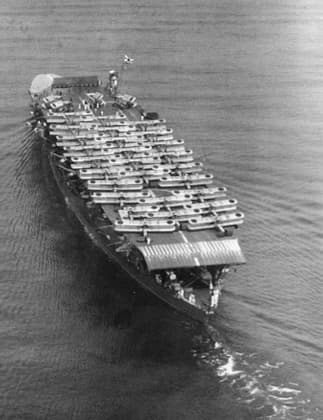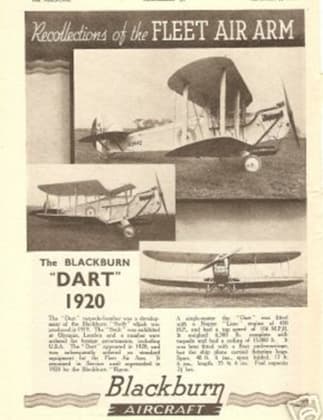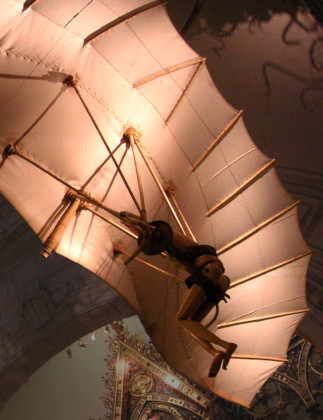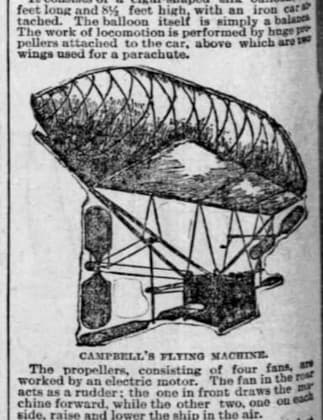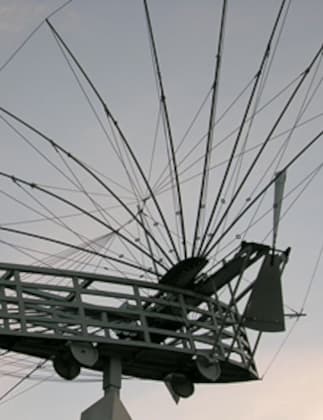Heavier Than Air Flight 1930
The move from wooden to metal construction quickened pace in 1930. High wing monoplanes became increasingly common with smaller aircraft, although very large bombers and airliners were still mainly biplanes. The new contender, cantilever, low wing monoplanes kept knocking at the door and there was some success.
Meanwhile, the Great Depression stifled good ideas among commercial airliners that might otherwise have done well. By contrast, sales of smaller utility aircraft and personal transport continued to grow, as affordable airplanes found...
The 1954 American NUCLEAR Powered Airship Program
The American Nuclear Powered Airship Program
President Dwight Eisenhower addressed the United Nations on December 8, 1953, when he argued the need to stop nuclear weapon proliferation. He hoped to see atoms used for peace, although his dream went largely unfulfilled.
Nuclear power for flight had intrigued the U.S. throughout the Cold War. It would help maintain a round-the-clock defensive presence, armed with powerful nuclear weapons in case the Soviet Union threatened imminent attack.
F.W. Locke Jr investigated the feasibility of using...
AIRSHIPS IN WORLD WAR 1 The Airship at War: 1914 – 1918
Europe entered World War One poorly prepared, despite the warning signs conflict was looming. Germany alone had developed large, powerful dirigibles capable of carrying and delivering payloads.
Britain’s cities in the South of England were obvious targets, with few military aircraft and only rudimentary anti-aircraft guns to defend against attacks from the sky above. The impact on the civilian population was terrifying. In hindsight it’s hard to imagine how the government allowed such a strategic gap to open up.
Germany Had...
Heavier Than Air Flight 1923
The First World War to-end-all-wars continued to fail to live up to its name in 1923. The old animosities continued. The United States and Britain kept replenishing their reserves, while Germany built military aircraft in surrogate countries, and Japan stretched its naval aircraft wings.
But there were lighter moments too, as air passenger travel literally began to take off, mainly in small airplanes but with a few larger, luxurious aircraft. The dream to fly high in the sky with the...
Heavier Than Air Flight 1920 A Time for Consolidation
1920 was a year for consolidation, after rapid progress in World War 1. Hostilities had taken fixed wing aircraft to new heights and top speeds. Civilians were attracted to their potential for carrying passengers and freight on a commercial basis when hostilities ended.
However the supply of war surplus airplanes dampened demand for new models. But the military were restless because they wanted to retain air superiority in their domains.
Aircraft manufacturers were on the back foot, because they had to...
The First Heavier Than Air Flying Machines
We can’t say exactly when a new way of thinking invoked thoughts of heavier-than-air flight. However, we believe someone, somewhere took a second look at Leonardo da Vinci’s imaginative drawings, and wondered what if they could make one of them actually fly.
Discovery of the Laws of Motion
This would not have been possible but for centuries of innovative thought in the era following the middle ages where superstition and dogma prevailed.
Of course, this was not a consolidated movement. Indeed, much...
Heavier Than Air Flight 1928
1928 was a lively year for aviation, with some exciting developments and also a few quirky innovations. The Soviet Union’s first five year plan delivered fighters and light bombers that sold in thousands down the years. While the United States continued producing small commercial biplanes and maintaining its military advantage.
Britain, on the other hand, focused more on maintaining control over its far-flung empire with technology that sometimes seemed to stand still. But France’s luxurious airliners were what really seized...
AIRSHIPS 1884 TO 1914 The Challenge Continues in Dirigibles
The Challenge of Light Air Flight Continues in Dirigibles
An airship also commonly referred to as a dirigible differs from a balloon because it can be navigated in a chosen direction. In fact the name says it all because it derives from the Latin word ‘dingere’ meaning to direct.
Airships rise into their air because they are lighter than the atmosphere. They achieve this because their ‘stretched’ balloon contains a lighter-than-air lifting gas. This may be in a single volume or...
First Manned, Controlled Heavier-Than-Air Flights Through to 1905
Heavier than air flight took off in longer bounds as the 20th century emerged. Progress was all around, and no more so than in the air, as gliders, balloons, blimps, and fixed wing aircraft competed for headlines in the media.
Of course we know, with the wisdom of hindsight airplanes would conquer. But how did this happen? Let us review the major developments together, before the First World War’s all-consuming fury took over the path of development.
Gustave Whitehead: First Claimed...
Heavier Than Air Flight 1921 Moving Forward
Aircraft manufacture ticked up in 1921. However, this time the focus was more on military aircraft required for local conflicts, and maintaining self-defense capability.
The United States military developed an interest in winning competitions, and broke the 200-mph barrier. Japan entered the arena as it manufactured its own airplanes for aircraft carriers.
Civilian air transport continued to test its wings by developing local routes, although it focussed on small aircraft while dirigibles did the heavy lifting.
JANUARY 1921
British aircraft carrier HMS Argus...




